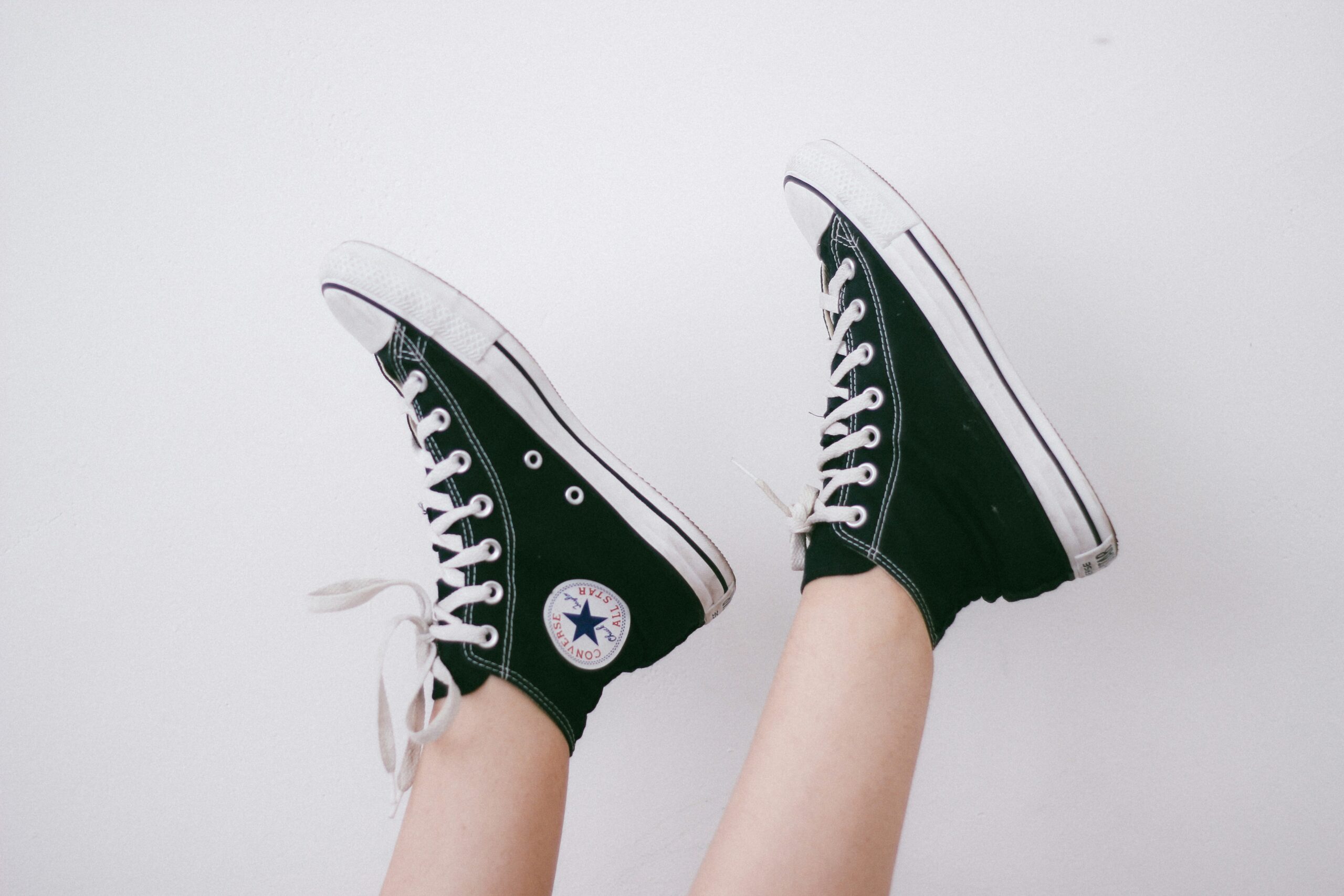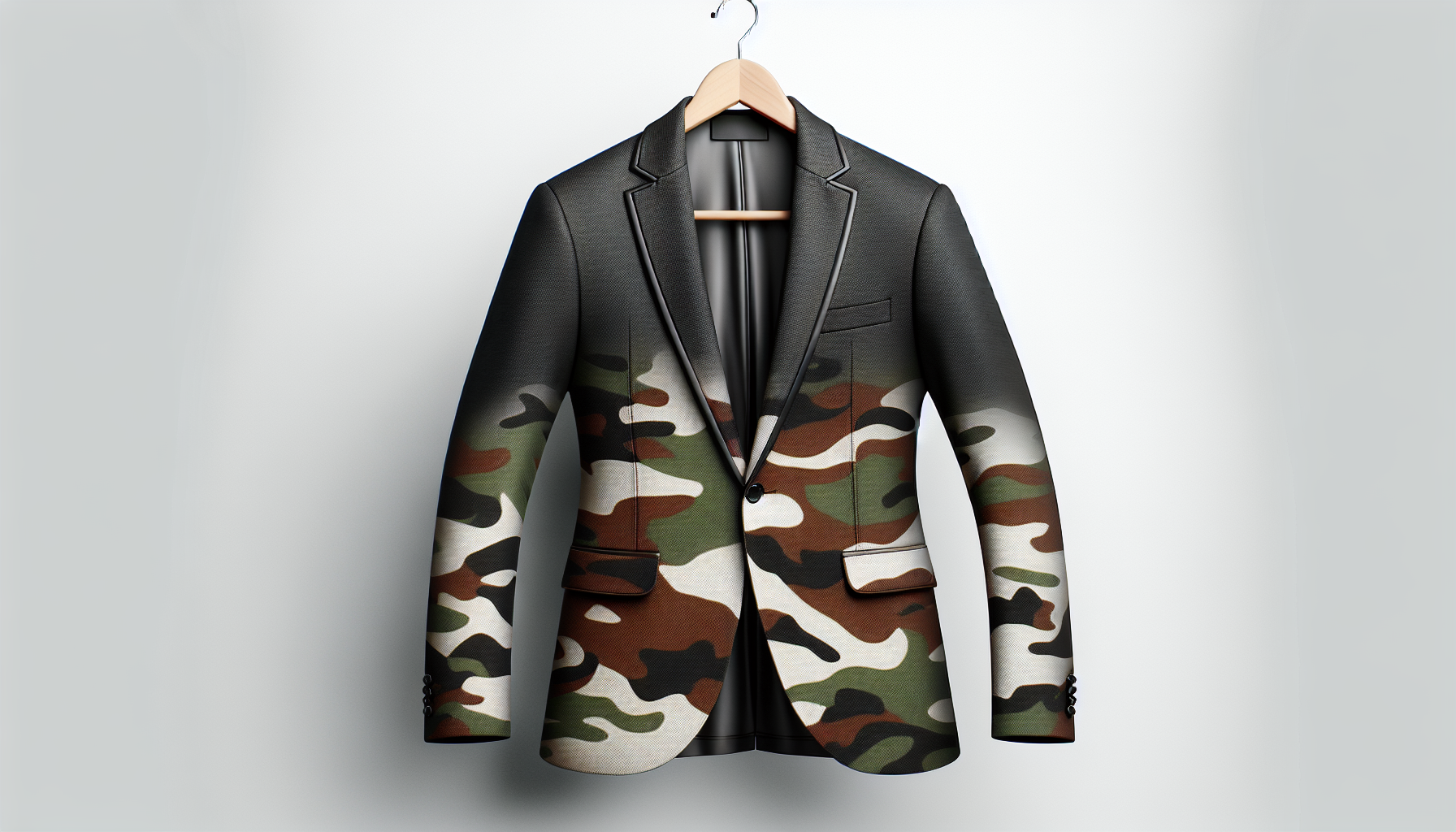Imagine a scenario where you could seamlessly blend into your surroundings, effortlessly striking the balance between style and professionalism. The question arises: can camouflage clothing be worn in professional settings? This article aims to explore the possibilities of incorporating this bold fashion statement into your wardrobe, and whether it can truly defy traditional dress codes without compromising your credibility. So, prepare to unveil the hidden potential of camouflage as we navigate through the realms of professional fashion.
Understanding Camouflage Clothing
Origins and Use of Camouflage Clothing
Camouflage clothing has its origins in military tactics and was initially designed to help soldiers blend into their surroundings during combat. The concept of camouflage clothing can be traced back to as early as World War I, when the French army started using patterns to conceal soldiers in the field. Over time, the effectiveness of camouflage patterns became evident, leading to their widespread adoption by military forces around the world.
Apart from its military applications, camouflage clothing has evolved to become a notable trend in fashion. The unique patterns and colors of camouflage have made their way into everyday clothing and accessories, appealing to a wide range of individuals who appreciate the rugged and edgy aesthetic it offers.
Popularity of Camouflage in Fashion
In recent years, camouflage patterns have become increasingly popular in the fashion industry. From high-end designer brands to streetwear labels, camouflage clothing can be seen in various forms, including jackets, pants, skirts, and even accessories like bags and shoes. The appeal of camouflage in fashion lies in its ability to add a sense of boldness and adventure to an outfit, making it a statement piece for those who want to stand out from the crowd.
Professional Attire: An Overview
Typical Elements of Professional Attire
Professional attire generally follows certain guidelines that vary depending on the industry and workplace. Common elements of professional attire include well-tailored suits, dresses, blouses, dress pants, skirts, and formal shoes. The emphasis is on dressing in a polished and presentable manner that reflects professionalism and responsibility.
The Importance of Dress Code in Professional Settings
Dress code plays a crucial role in professional settings as it sets the tone for how individuals present themselves and how they are perceived by colleagues, clients, and superiors. Adhering to a dress code not only demonstrates respect for the workplace but also helps establish a sense of unity and professionalism among employees. Moreover, dressing appropriately can enhance one’s self-confidence and improve overall performance.
Considering Camouflage Clothing in Professional Settings
Potential Uses of Camouflage Clothing in Professional Environments
While camouflage clothing may seem incompatible with professional settings, there are certain industries and job roles where its use can be considered appropriate. For instance, individuals working in outdoor professions such as forestry, wildlife research, or even field photographers may find camouflage clothing useful for blending into their natural surroundings and minimizing disturbance to the environment.
Challenges with Wearing Camouflage in Professional Settings
Despite the potential uses mentioned above, wearing camouflage clothing in many professional settings can present challenges. In corporate environments or customer-facing roles, where professionalism and a polished appearance are highly valued, the edgy and bold nature of camouflage may not align with the desired image. The distinctive patterns could be seen as distracting or unprofessional, potentially undermining the credibility and trustworthiness of the individual within their role.
Professions That Allow Camouflage Clothing
Military Professionals
Unsurprisingly, camouflage clothing is widely accepted and even required in military professions. Soldiers rely on camouflage patterns to blend into their surroundings, ensuring their safety and the success of their missions. In such contexts, camouflage clothing is not only appropriate but also essential for the effective execution of military operations.
Outdoor Jobs and Camouflage Clothing
There are numerous outdoor professions where the use of camouflage clothing is not only acceptable but also practical. Individuals working in fields such as hunting, wildlife research, environmental conservation, and outdoor photography may find that camouflage clothing helps them to efficiently carry out their tasks by minimizing their visibility and reducing the impact on the natural environment.
Creative and Artistic Professions
In certain creative and artistic professions, eccentricity and self-expression are not only accepted but also encouraged. Camouflage clothing, with its unique and eye-catching patterns, can be seen as a form of artistic expression, allowing individuals in these fields to showcase their creativity and personal style without compromising professionalism. Examples of such professions may include graphic designers, musicians, and street artists.

Industries and Roles Where Camouflage is Discouraged
Corporate and Office Settings
In corporate and office settings, professionalism and maintaining a polished image are often highly valued. As a result, camouflage clothing is generally discouraged as it can be perceived as too casual, inappropriate, or distracting. The focus in these environments is on professional attire that reflects sophistication, reliability, and attention to detail.
Customer-Facing Roles
Customer-facing roles, such as sales, client services, or hospitality, often require individuals to present themselves in a manner that is approachable, trustworthy, and consistent with the brand’s image. While camouflage clothing may have its place in alternative fashion or streetwear, it may not align with the desired customer perception or the established dress code in these roles. It is important to prioritize the comfort and confidence of customers, who might perceive camouflage clothing as unprofessional or off-putting.
Camouflage Accessorizing in Professional Settings
Inclusion of Camouflage Accessories
For those who appreciate the aesthetics of camouflage but want to maintain a professional appearance, one alternative is to incorporate camouflage accessories into their outfits. Accessories like ties, scarves, handbags, or even socks can add a touch of personality and style without overpowering the overall professional look. The key is to use these accessories sparingly and ensure they complement the outfit rather than dominate it.
Maintaining Professionalism While Incorporating Camouflage
To incorporate camouflage in a professional setting, it is essential to strike a balance between individual style and adhering to workplace expectations. This can be achieved by opting for subtle camouflage elements, such as small patterns or muted color palettes, and combining them with classic, well-tailored pieces. By doing so, individuals can showcase their personal style while remaining within the bounds of professional attire.
Perception of Camouflage in Different Cultures and Societies
Camouflage Clothing in Western Societies
In Western societies, camouflage clothing is often associated with military themes, adventure, and outdoor activities. It is commonly seen as a fashion statement, particularly in streetwear and urban fashion. While the acceptance of camouflage in professional settings may vary, it is generally considered a more casual style choice and may not align with the expectations of traditional or conservative workplaces.
Perception of Camouflage in Non-Western Cultures
In various non-Western cultures, the perception of camouflage may differ significantly. Some cultures associate camouflage clothing exclusively with military purposes and may view its use in other contexts as disrespectful or inappropriate. It is crucial to be mindful of cultural norms and expectations when considering the use of camouflage in professional settings that extend beyond Western cultures.
The Effect of Dress Code on Professional Image
The Role of Dress Code in First Impressions
First impressions play a critical role in professional interactions, and dress code is an essential element in shaping those impressions. The way individuals present themselves through their clothing can convey important information about their competence, attention to detail, and professionalism. A carefully chosen dress code has the power to influence how others perceive an individual and can shape initial judgments, which are often difficult to change.
Impact of Dress Code on Professional Performance
Research has shown that dress code can have a significant impact on professional performance. When individuals are dressed appropriately for their role and workplace, they tend to feel more confident, competent, and focused. On the other hand, inappropriate dress or discomfort with the chosen attire can create distractions, lower confidence levels, and hinder overall productivity. Therefore, adopting a suitable dress code can contribute to a positive work environment and enhance job performance.
Potential Misconceptions and Assumptions Regarding Camouflage Clothing in Professional Settings
Addressing Stereotypes
One potential misconception regarding camouflage clothing in professional settings is the association with rebellion or nonconformity. While it is true that camouflage clothing can be associated with more alternative or non-traditional fashion styles, it is essential to remember that personal style preferences can coexist with professionalism. Stereotyping individuals based solely on their attire can be misleading and unfair, as it overlooks their skills, experience, and dedication to their work.
Potential Offensiveness and Controversy with Camouflage
Another concern with camouflage clothing in professional settings is the potential for offense or controversy. Camouflage patterns have historical ties to the military, and their use can evoke strong emotions and differing political views. It is important to be mindful of the environment and the diverse perspectives of colleagues and clients, particularly when considering the appropriateness of wearing camouflage in a professional capacity.
Conclusion: Is Camouflage Appropriate for Professional Settings?
The Importance of Context and Specific Jobs
Whether or not camouflage clothing is appropriate for professional settings depends on various factors, such as the industry, workplace culture, and specific job requirements. While camouflage can be accepted and even necessary in military, outdoor, or certain creative professions, it is generally discouraged in corporate, office, and customer-facing roles where professionalism and a polished image are of utmost importance.
Balancing Individuality and Professionalism
Finding a balance between individuality and professionalism is crucial when considering the use of camouflage in professional settings. While it may be tempting to express personal style and stand out, it is important to prioritize the expectations and norms of the workplace. Incorporating subtle camouflage elements or using camouflage accessories can be a more suitable way to showcase style while maintaining professionalism.
In conclusion, the appropriateness of camouflage clothing in professional settings depends on the specific context, industry, and job requirements. It is essential to consider the expectations of the workplace, dress code guidelines, and the perceptions of colleagues and clients. By striking a balance between personal style and professionalism, individuals can navigate the use of camouflage clothing while maintaining a polished and respected image in the professional world.



